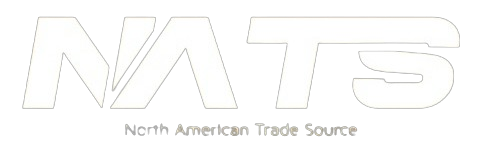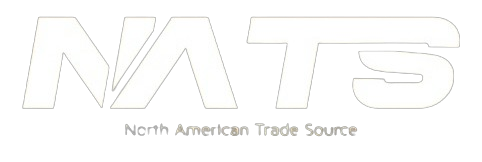Gate valves are designed for full open or full close service. Throttling can wear the wedge and seats prematurely. A globe valve is better suited for that purpose.
Resilient-seated valves use rubber-coated wedges for tight shutoff in water systems, while metal-seated versions are for high-temperature or steam service.
With proper selection and maintenance, gate valves can last 10–25 years depending on material, media, and frequency of operation.
Yes, especially non-rising stem types. However, attention must be paid to flow direction and access for maintenance.
Absolutely. We provide SIRIM-certified, DOSH-compliant, and ISO-standard gate valves suitable for water, fire, oil, and process systems.

